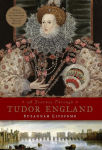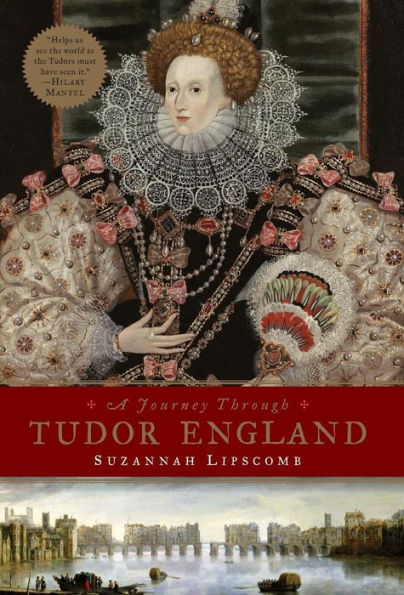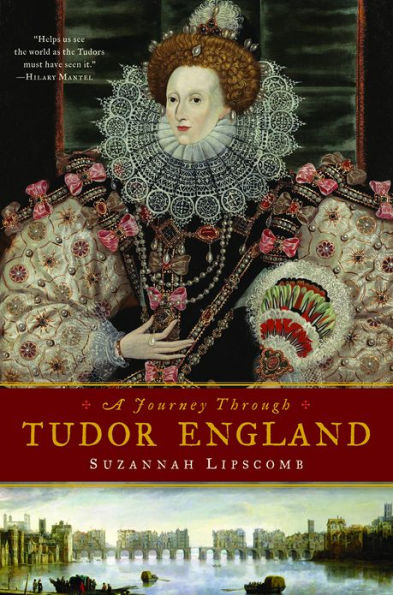For the armchair traveler or for those looking to take a trip back to the colorful time of Henry VIII and Thomas Moore, A Journey Through Tudor England takes you to the palaces, castles, theatres, and abbeys to uncover the stories behind this famed era. Suzannah Lipscomb visits over fifty Tudor places, from the famous palace at Hampton Court, where dangerous court intrigue was rife, to less well-known houses such as Anne Boleyn’s childhood home at Hever Castle, or Tutbury Castle, where Mary Queen of Scots was imprisoned.
In the corridors of power and the courtyards of country houses, we meet the passionate but tragic Kateryn Parr, Henry VIII’s last wife; Lady Jane Grey, the nine-day queen; and come to understand how Sir Walter Raleigh planned his trip to the New World. Through the places that defined them, this lively and engaging book reveals the rich history of the Tudors and paints a vivid and captivating picture of what it would have been like to live in Tudor England.
For the armchair traveler or for those looking to take a trip back to the colorful time of Henry VIII and Thomas Moore, A Journey Through Tudor England takes you to the palaces, castles, theatres, and abbeys to uncover the stories behind this famed era. Suzannah Lipscomb visits over fifty Tudor places, from the famous palace at Hampton Court, where dangerous court intrigue was rife, to less well-known houses such as Anne Boleyn’s childhood home at Hever Castle, or Tutbury Castle, where Mary Queen of Scots was imprisoned.
In the corridors of power and the courtyards of country houses, we meet the passionate but tragic Kateryn Parr, Henry VIII’s last wife; Lady Jane Grey, the nine-day queen; and come to understand how Sir Walter Raleigh planned his trip to the New World. Through the places that defined them, this lively and engaging book reveals the rich history of the Tudors and paints a vivid and captivating picture of what it would have been like to live in Tudor England.

A Journey Through Tudor England: Hampton Court Palace and the Tower of London to Stratford-upon-Avon and Thornbury Castle
336
A Journey Through Tudor England: Hampton Court Palace and the Tower of London to Stratford-upon-Avon and Thornbury Castle
336
Product Details
| ISBN-13: | 9781605984605 |
|---|---|
| Publisher: | Pegasus Books |
| Publication date: | 06/01/2013 |
| Pages: | 336 |
| Product dimensions: | 5.80(w) x 8.30(h) x 1.10(d) |



